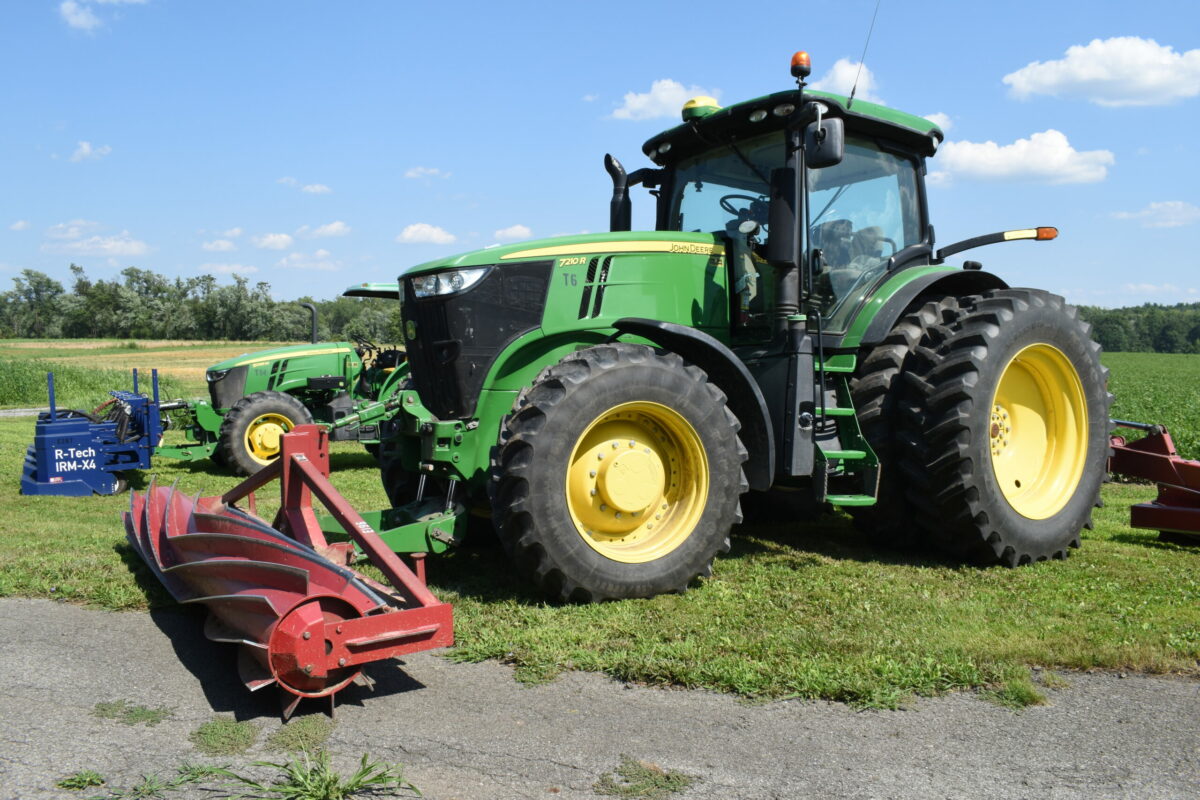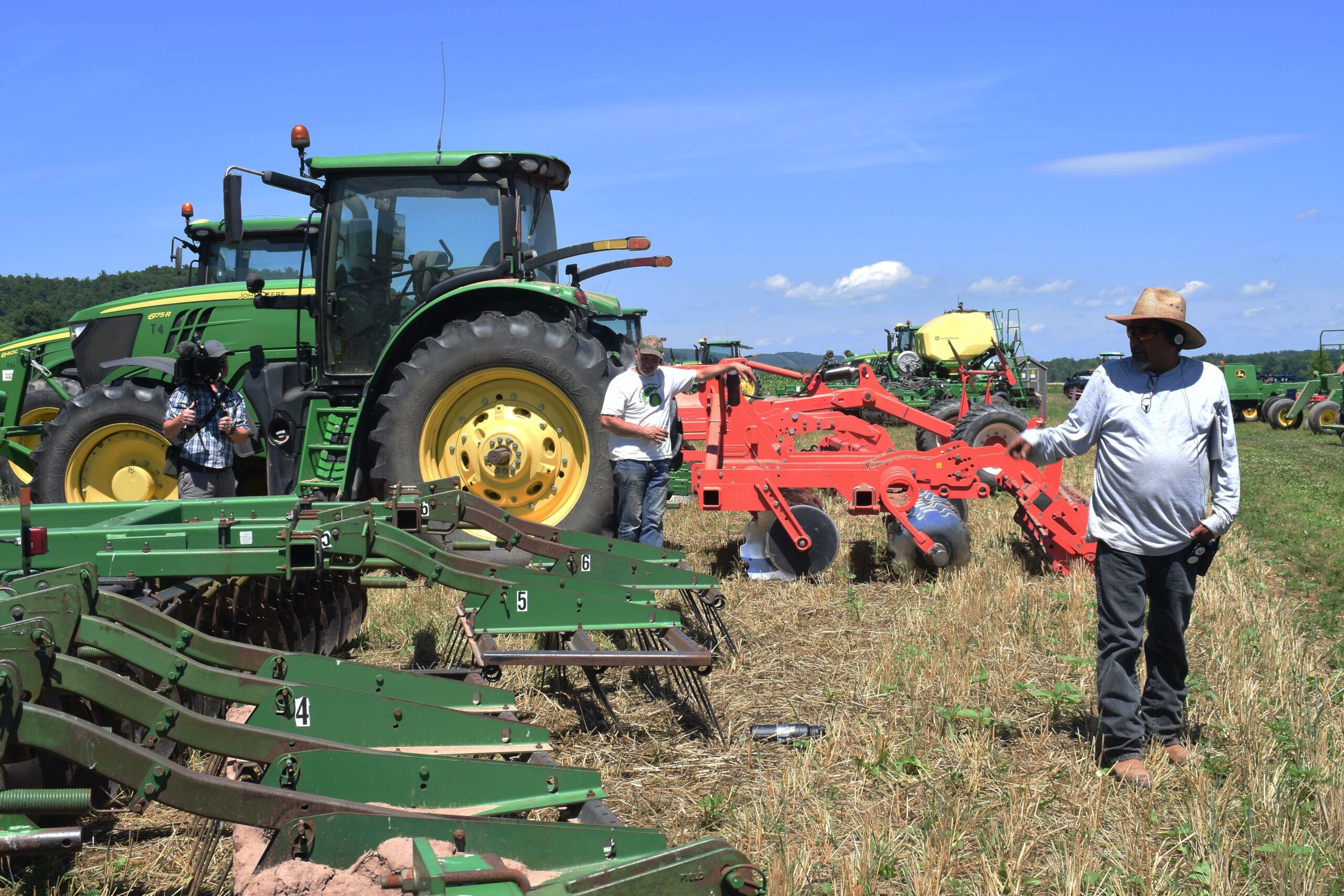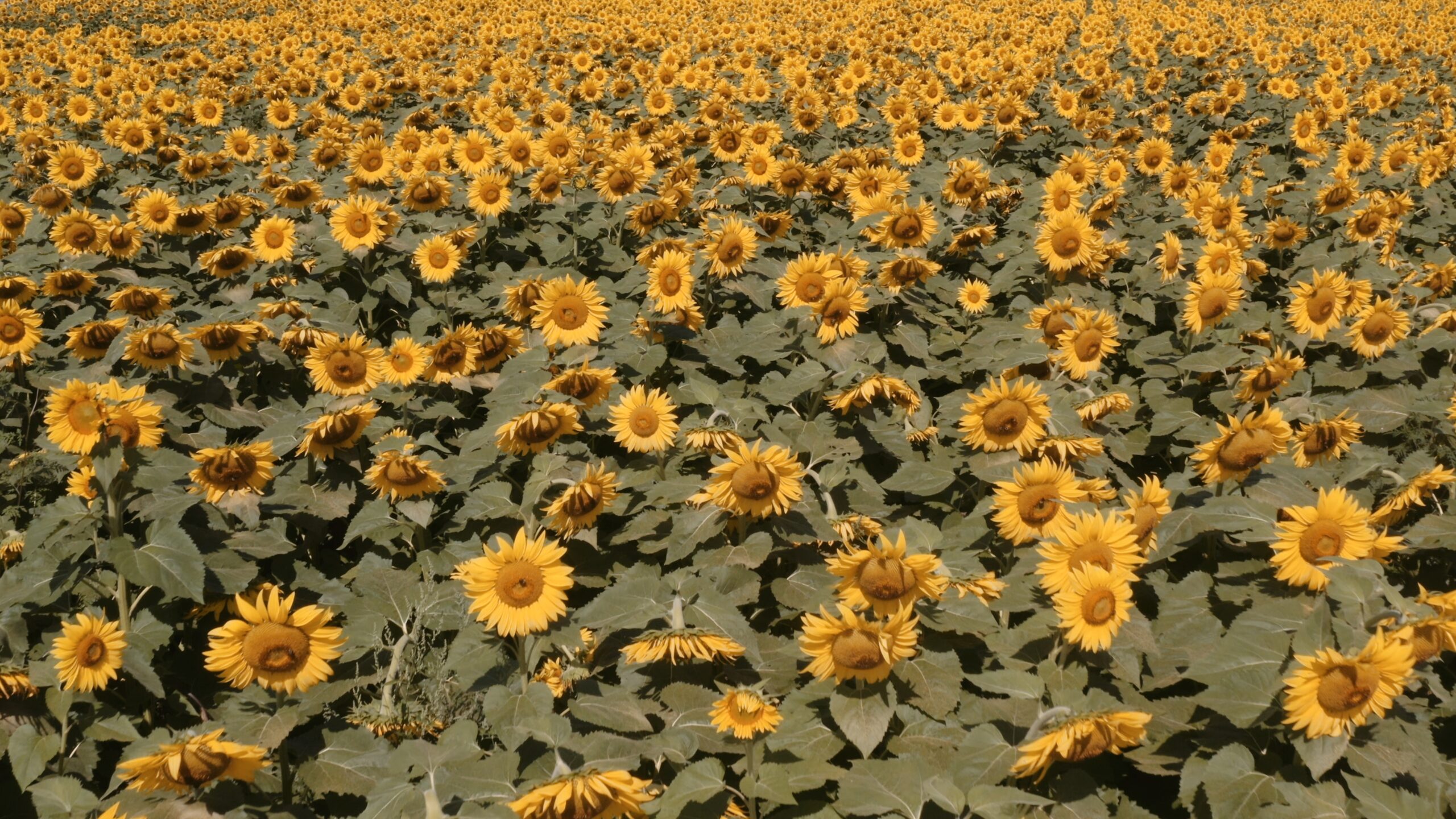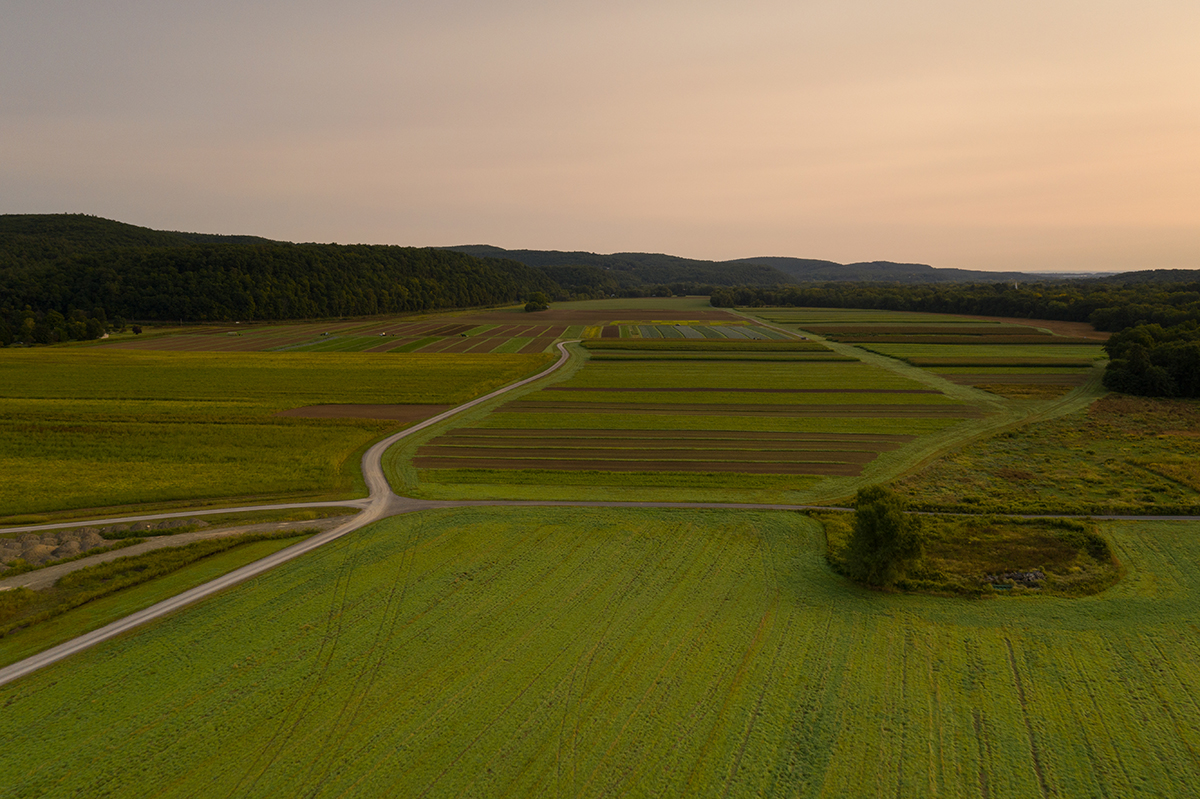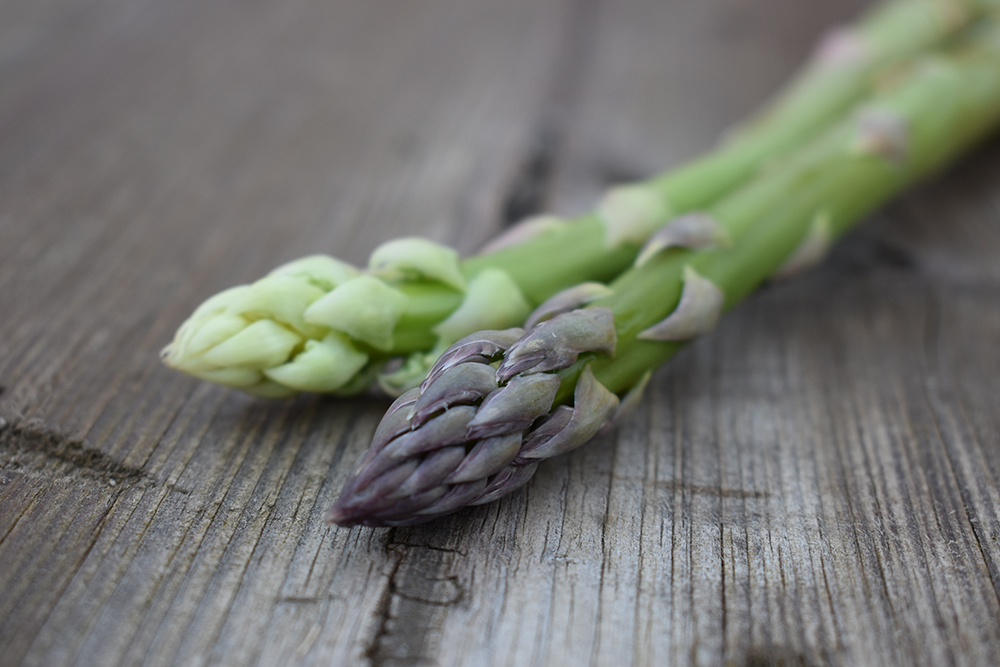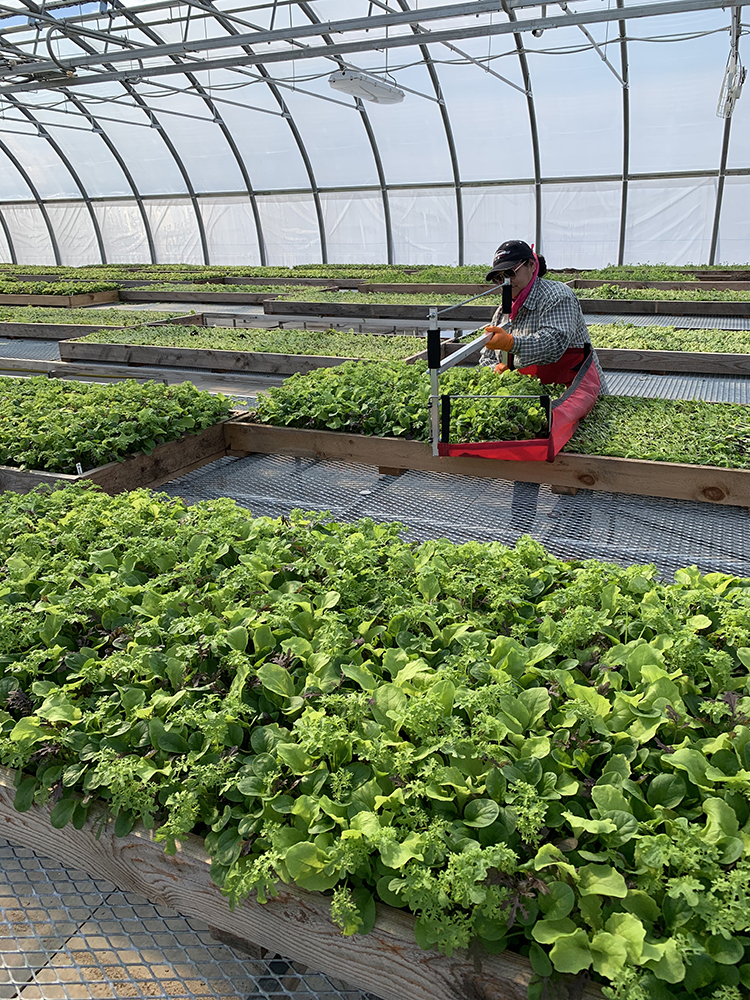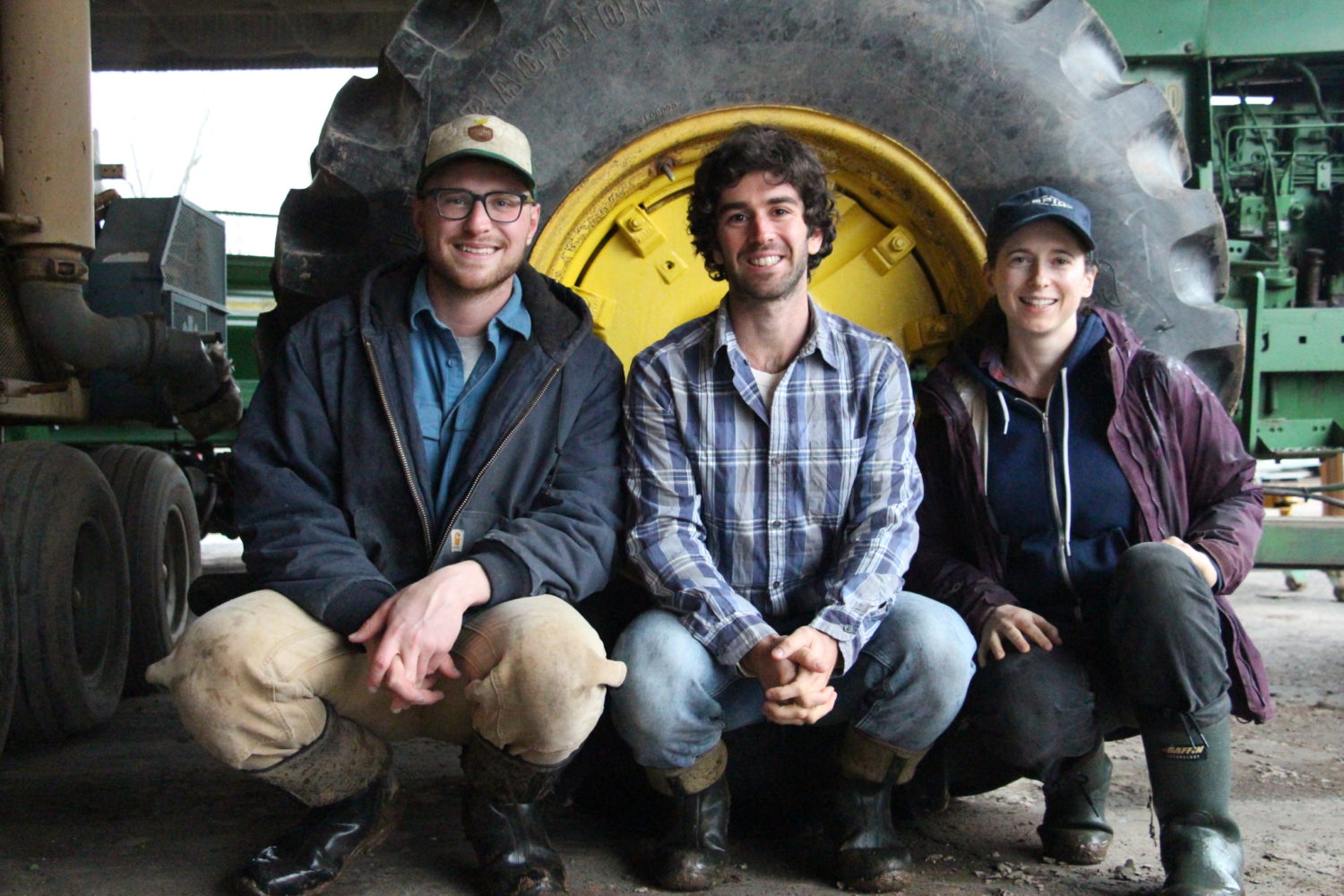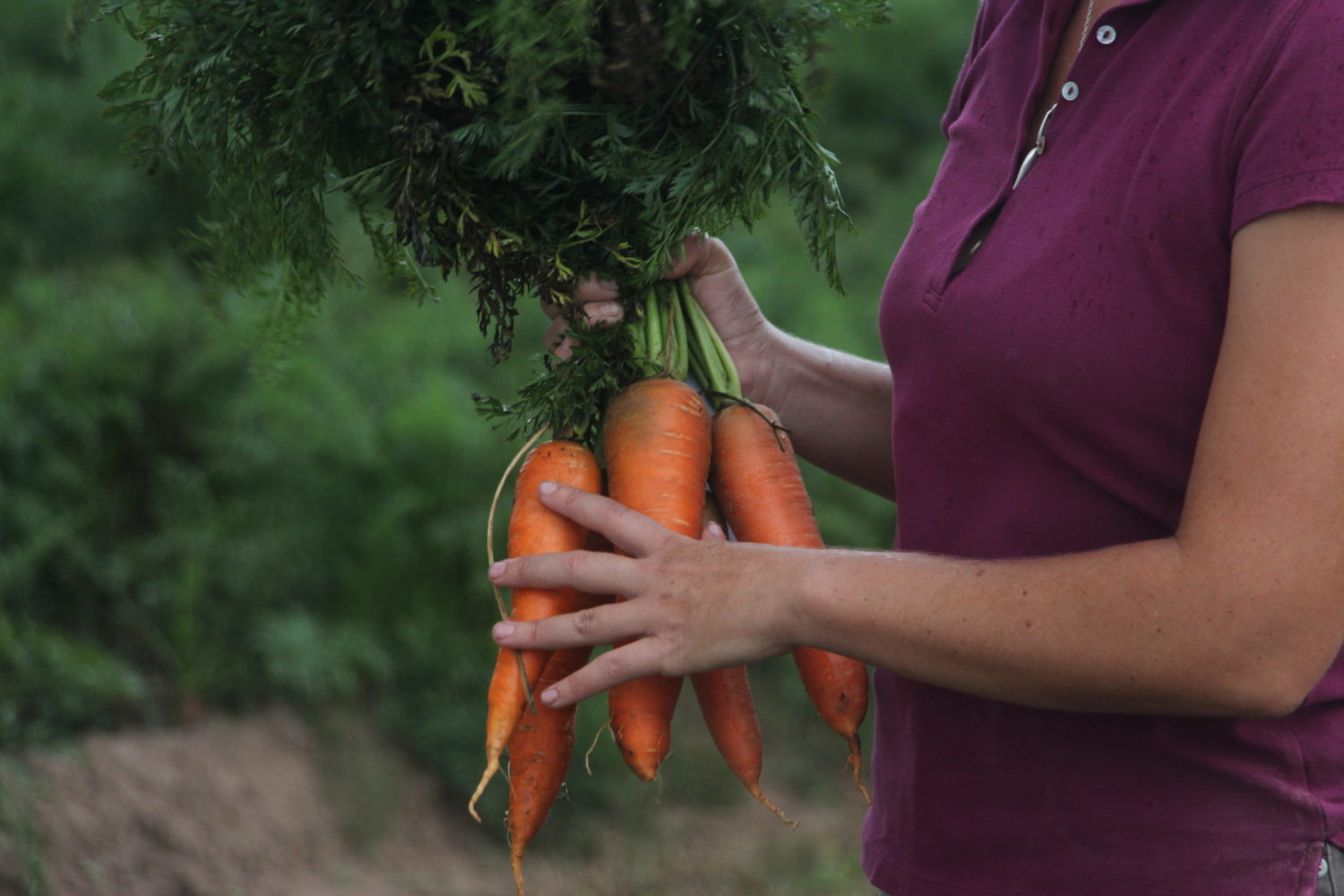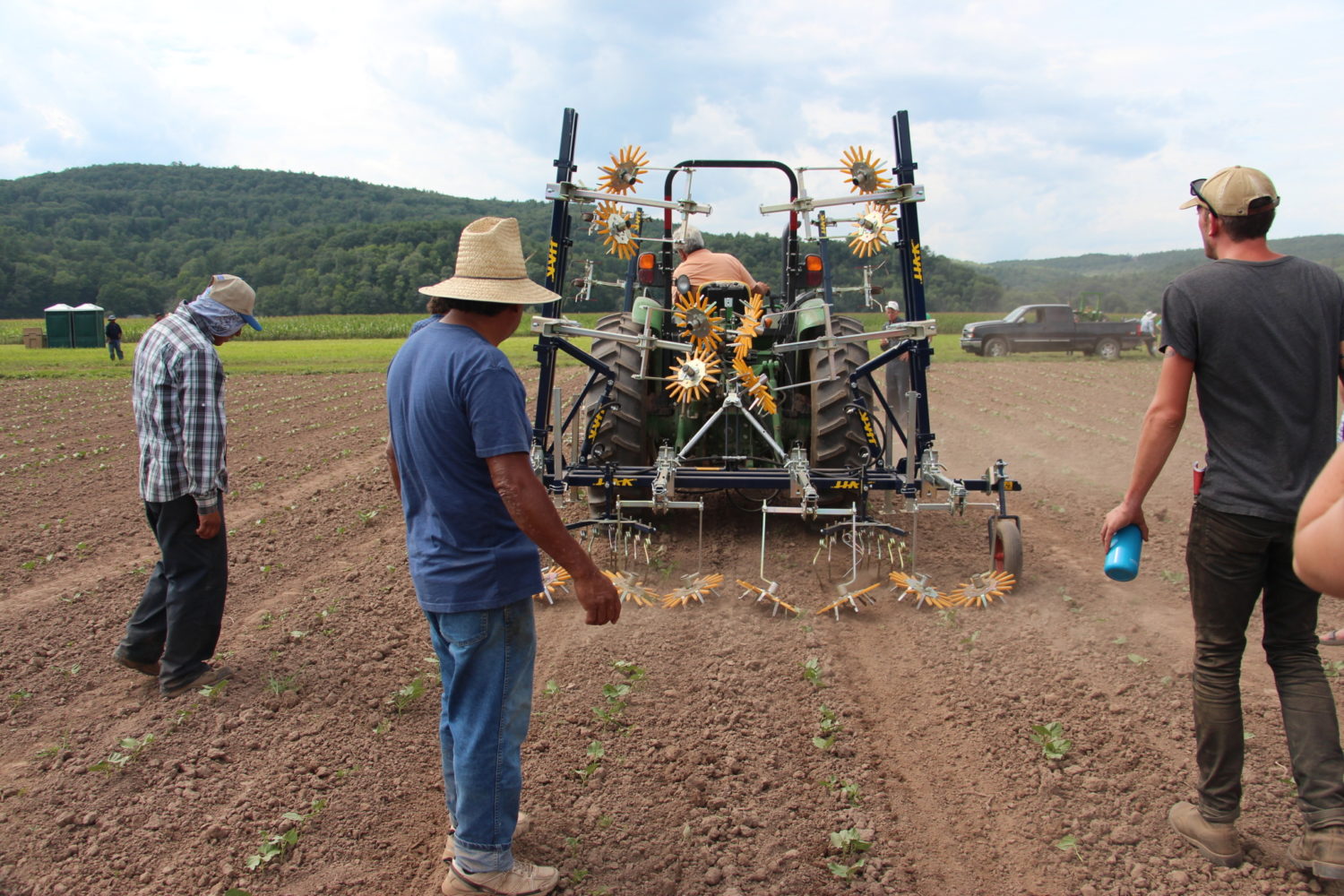Field Crops Field Day 2022
Sunflower As Cover Crops
Aerial Views of the Farm
Harvesting Asparagus
Asparagus – Best known as garden asparagus, Folk name is sparrow grass, scientific name Asparagus officinalis. Young shoots are used as a vegetable.
Asparagus harvesting season is underway and mini-skyscrapers of green and maroon colored asparagus punch through a blanket of straw.
At the Farm Hub, it is one of the ones harvested earliest – typically in May and June – and “it’s low maintenance,” says Jeff Arnold, vegetable production manager. It is a perennial vegetable emerging year after year and isn’t a popular vegetable with animals including rabbits and deer.
Three days a week just after dawn, a crew harvest asparagus, seeking young shoots that ideally eight-inches tall that haven’t flowered. The vegetable comes in all shapes and sizes, some with thick thumb-sized stems while other pencil-thin.
Here is a gallery of photos from a recent harvest, including one of a nest of baby rabbits that had made the asparagus field their home.
– Amy Wu
Greenhouses
Our new greenhouses play an essential part in producing vegetables that we donate, especially as demand has increased during these challenging times. The greens that are being seeded and grown in the greenhouse are made into salad mixes. The varieties chosen were based on their quick growth rate and nutrient density to make nutritious, fresh food available as soon as possible for emergency feeding programs. After harvest, the produce go to our partners throughout the county, such as through the Kingston Emergency Food Collaborative and the Family of Woodstock Inc emergency feeding network.
Sunflowers at the Farm Hub
October and the sunflowers continue to spring through the earth, their faces tilted to the sky. During the 2019 growing season, the Farm Hub planted ten different varieties included Mammoth Gray Stripe, Mammoth, Hopi Black Dye, Velvet Queen, Evening Sun, Autumn Beauty, Lemon Queen, Goldy Double, Zohar and the Teddy Bear. As the sunflowers, which were part of the first planting, died down, the flowers from the second planting started blooming.
Beyond their beauty, certain varieties also serve as cover crops for weed control and returning organic matter back into the soil.
ProFarmer Training Program
Extending the Growing Season Through Root Crops
The ability to sell product year-round can be critical to the health of a farm enterprise. But with a growing season that ends in October and November, the northeast offers few opportunities for vegetable farmers to generate income from agriculture over the winter months. During summer 2015, Cornell Cooperative Extension Eastern New York Commercial Horticulture Program (CCE ENYCHP) organized a root crops variety trial at the Hudson Valley Farm Hub this season. As part of the variety trial, thirty-one types of carrots, eighteen beets, and seven parsnips were evaluated for yield, appearance, color, taste, and storage ability.

